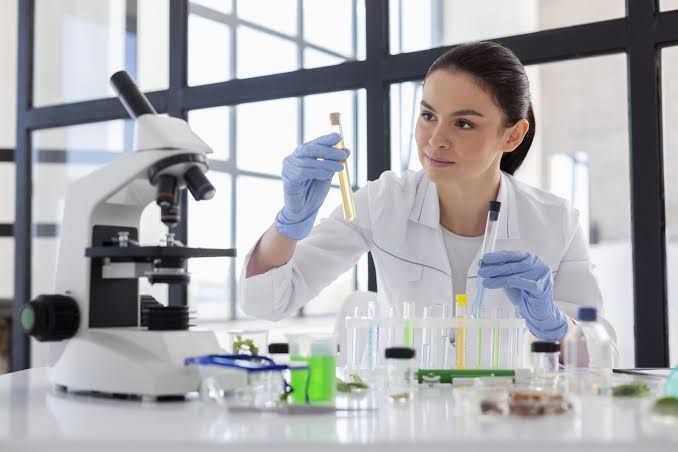
Step 1: Sample Collection and Preparation
The first step in isolating RNA from bacteria involves the collection of bacterial samples. This can be done from various sources, such as liquid cultures or solid media. It is crucial to handle samples carefully to prevent RNA degradation. Samples should be processed immediately or preserved using RNA stabilization solutions like RNAlater, which helps maintain RNA integrity during transport and storage.
Step 2: Cell Lysis
Once the bacterial cells are collected, they need to be lysed to release their RNA. This can be achieved through several methods:
- Mechanical Disruption: Techniques such as bead beating or homogenization can effectively break open bacterial cells.
- Chemical Lysis: Using lysis buffers containing detergents (like SDS) or chaotropic agents (like guanidine thiocyanate) can also facilitate cell lysis by disrupting cellular membranes and denaturing proteins.
Step 3: RNA Extraction
After cell lysis, the next step is to extract the RNA. There are several methods for this:
- Organic Extraction: This traditional method involves homogenizing the sample in a phenol-based solution, followed by centrifugation. The mixture separates into three phases: an organic phase (containing lipids and proteins), an interphase (containing denatured proteins), and an aqueous phase (containing RNA). The aqueous phase is collected for further processing.
- Spin Column Methods: These methods utilize silica membranes that bind nucleic acids when lysates are passed through them. After washing away contaminants, pure RNA is eluted with a low-salt buffer.
- Magnetic Bead Methods: In this approach, magnetic beads coated with specific binding agents capture RNA from lysates. This method allows for rapid separation using a magnetic field.
Step 4: Removal of Contaminants
It is essential to remove any residual DNA contamination from the RNA preparation, especially for applications like reverse transcription PCR (RT-PCR). DNase I treatment is commonly used for this purpose; it digests any contaminating DNA without affecting the RNA. Following DNase treatment, it may be necessary to purify the RNA again using phenol-chloroform extraction or spin columns to ensure complete removal of DNase.
Step 5: Quality Assessment of Isolated RNA
Before proceeding with downstream applications, it is important to assess the quality and quantity of isolated RNA. Common methods include:
- A260/A280 Ratio Measurement: A ratio between 1.8 and 2.0 typically indicates high-quality RNA.
- Gel Electrophoresis: Running samples on an agarose gel allows visualization of ribosomal RNAs (rRNAs) which should appear as distinct bands if the RNA is intact.
Step 6: Reverse Transcription
Once high-quality RNA has been obtained, reverse transcription can be performed to synthesize complementary DNA (cDNA). This process involves:
- Preparation of Reaction Mixture: The reaction typically includes reverse transcriptase enzyme, primers (either oligo(dT) primers for poly(A) mRNA or gene-specific primers), deoxynucleotide triphosphates (dNTPs), and buffer components.
- Incubation: The mixture is incubated at a specific temperature (usually around 42°C) for a set time period to allow reverse transcriptase to synthesize cDNA from the template mRNA.
Step 7: PCR Amplification
Following cDNA synthesis, PCR amplification can be performed to detect specific transcripts:
- Setting Up PCR Reactions: The cDNA serves as a template in PCR reactions that include specific primers designed for target genes.
- Thermal Cycling Conditions: Typical cycling conditions involve denaturation at high temperatures (around 95°C), annealing at lower temperatures depending on primer design (usually between 50°C – 65°C), and extension at around 72°C.
- Analysis of PCR Products: The amplified products can be analyzed using gel electrophoresis to confirm successful amplification of the target transcript.
Conclusion
The isolation of RNA from bacteria followed by reverse transcription PCR is a multi-step process that requires careful handling at each stage to ensure high-quality results. By following these steps—sample collection, cell lysis, extraction, purification, quality assessment, reverse transcription, and PCR amplification—researchers can successfully analyze specific transcripts within bacterial populations.







